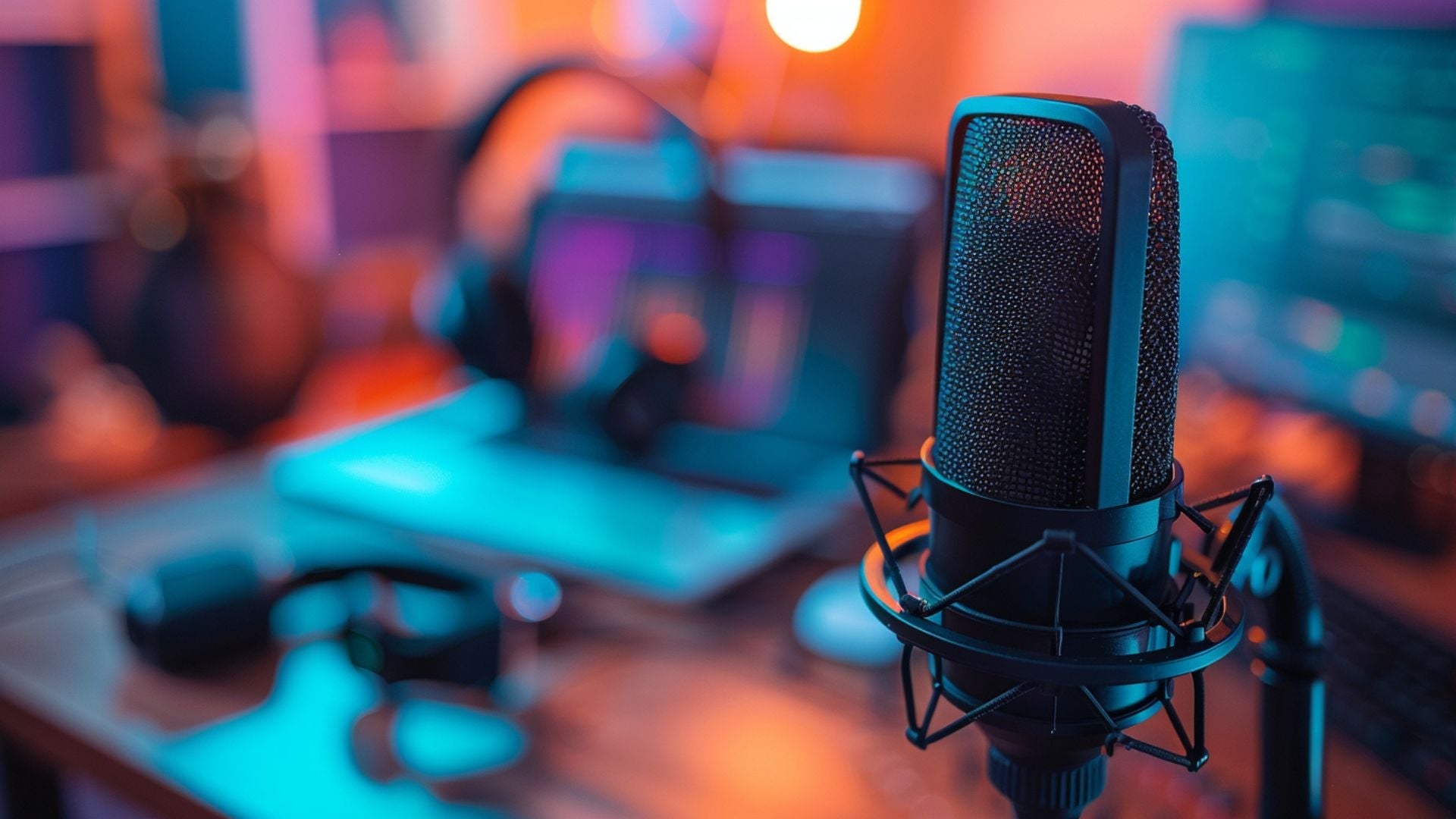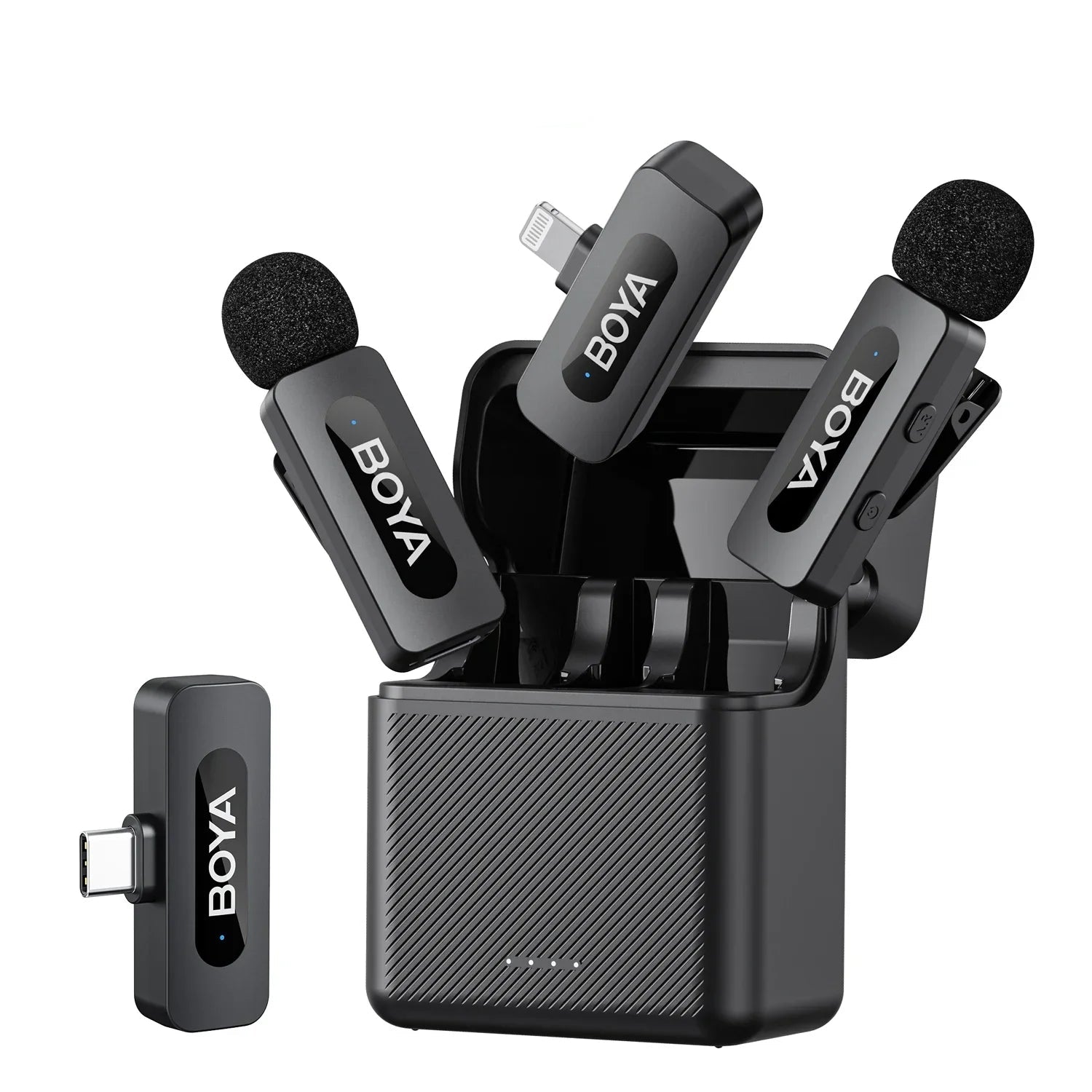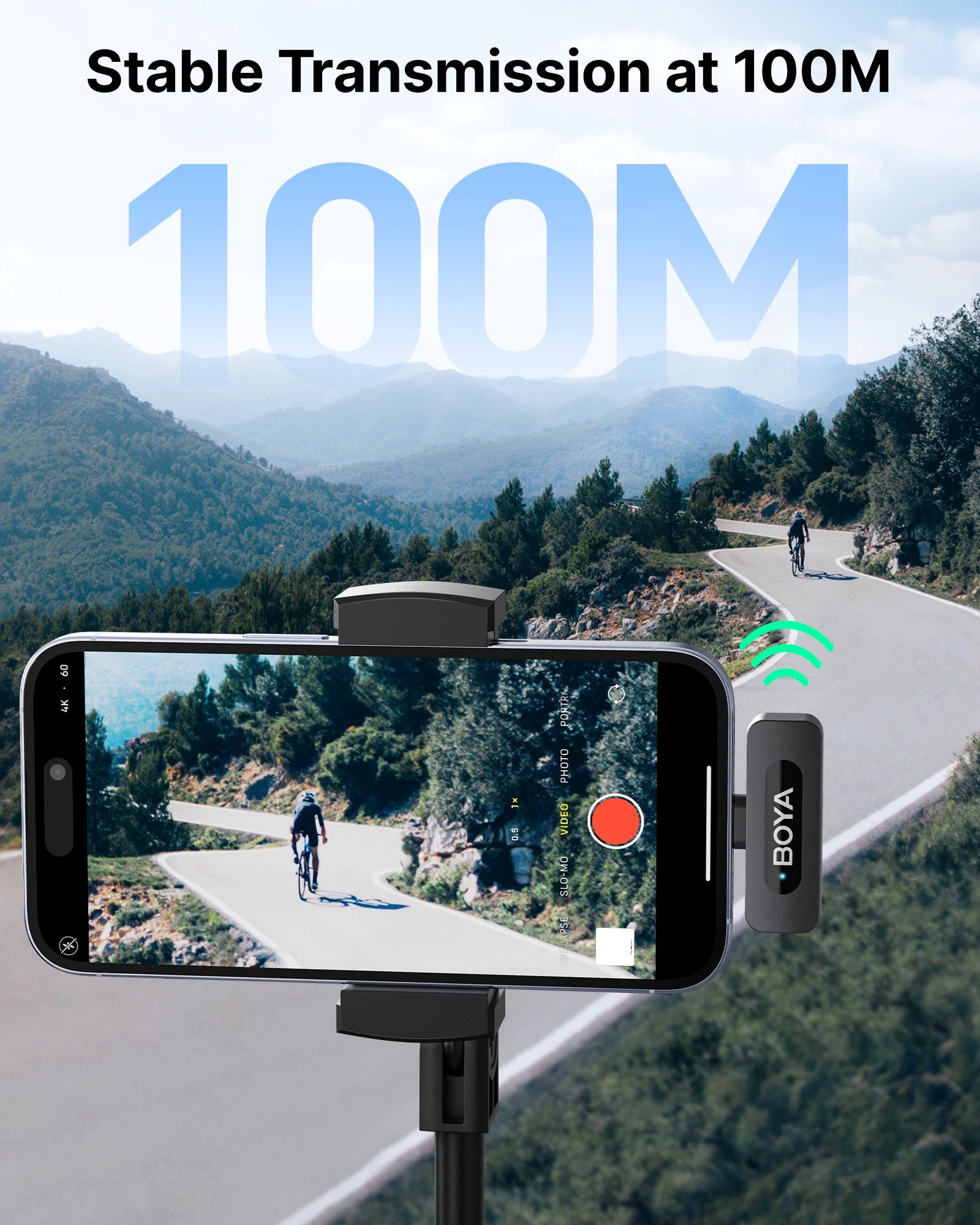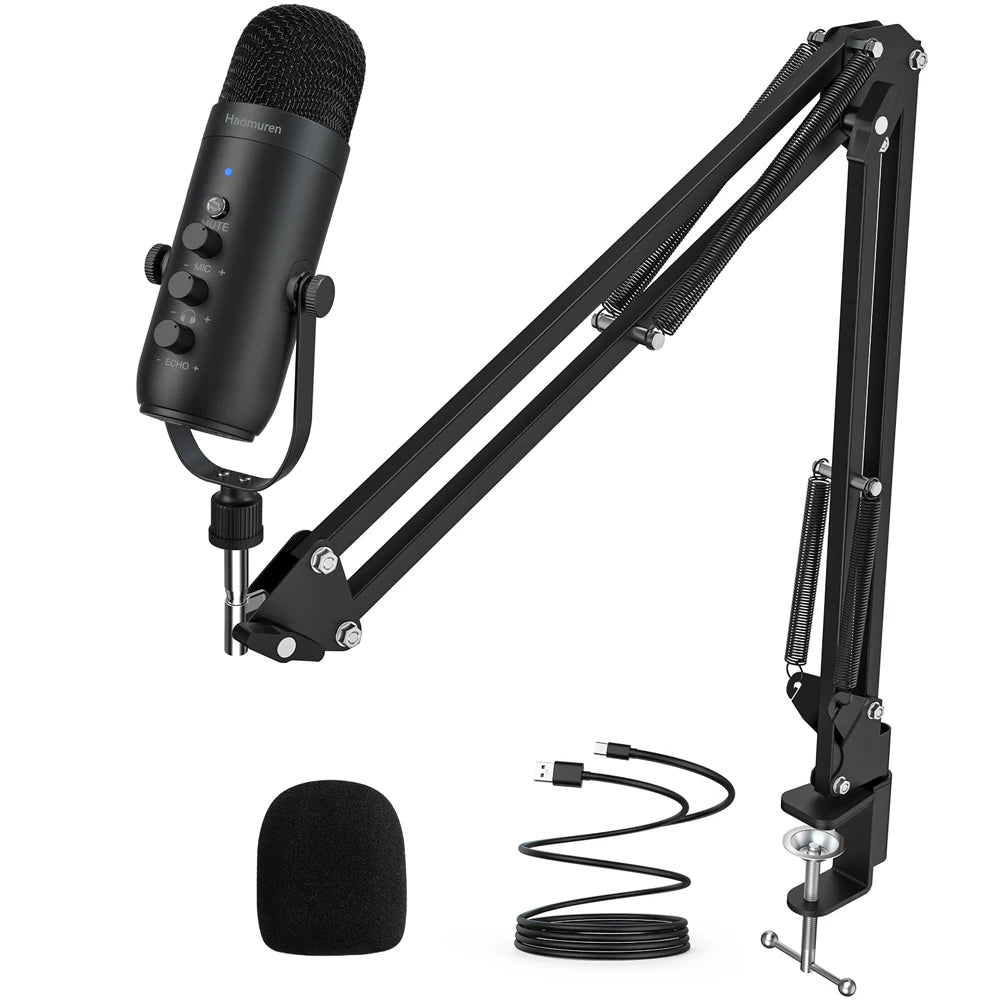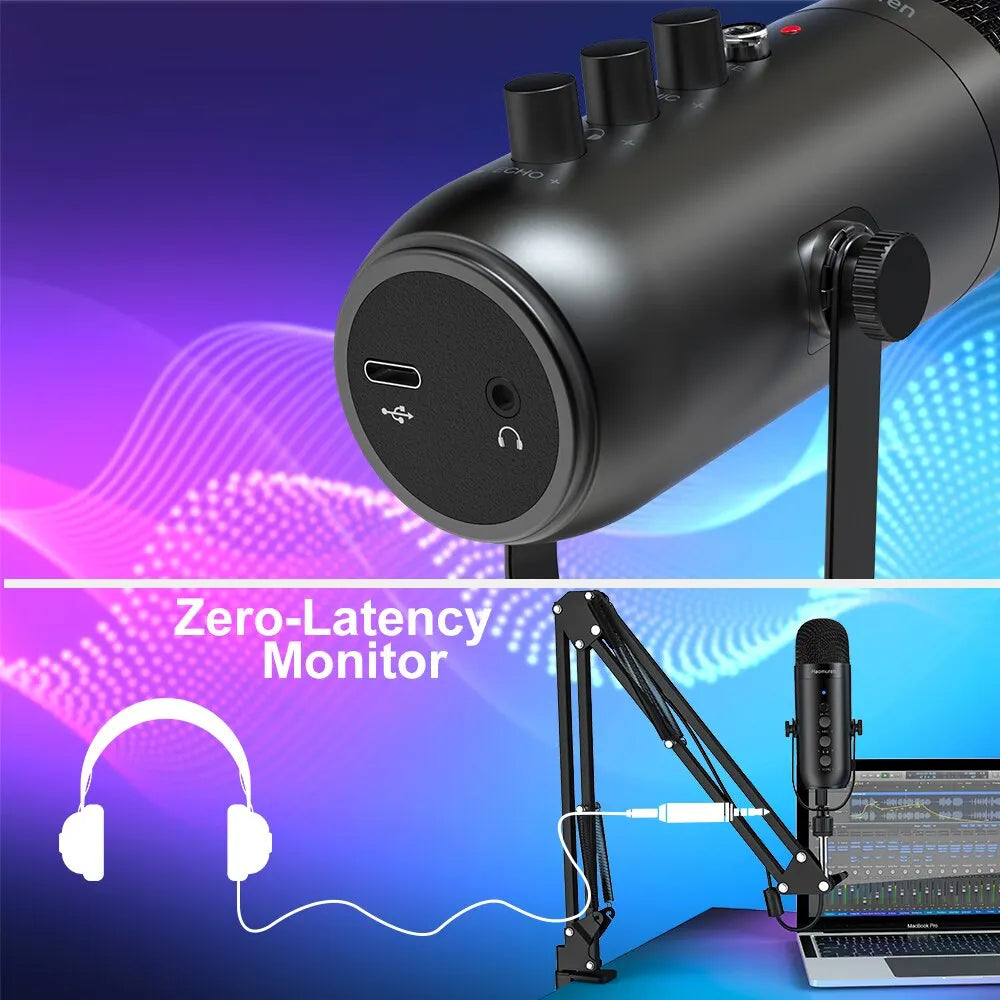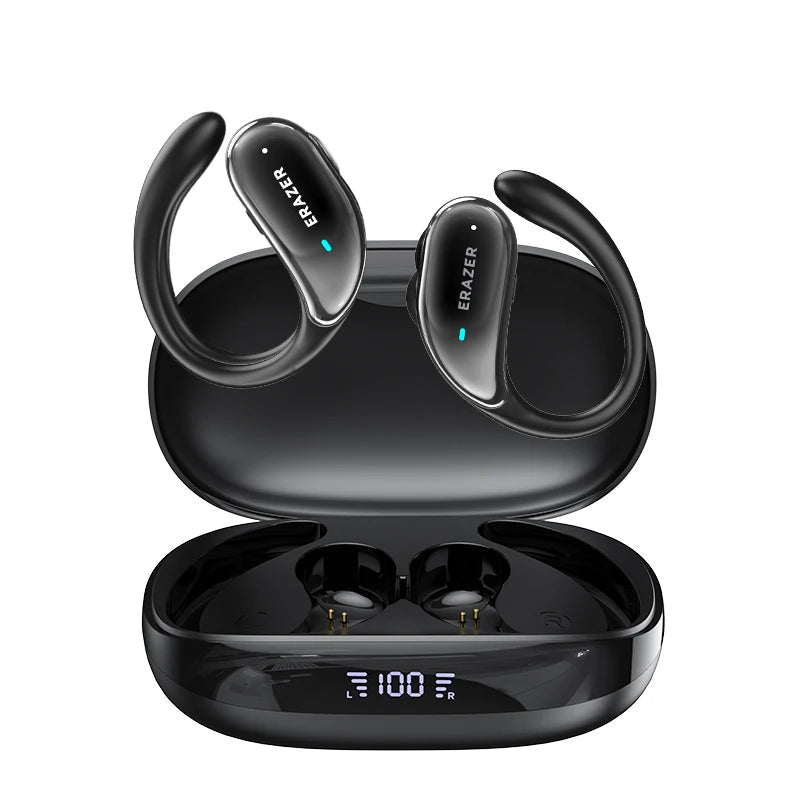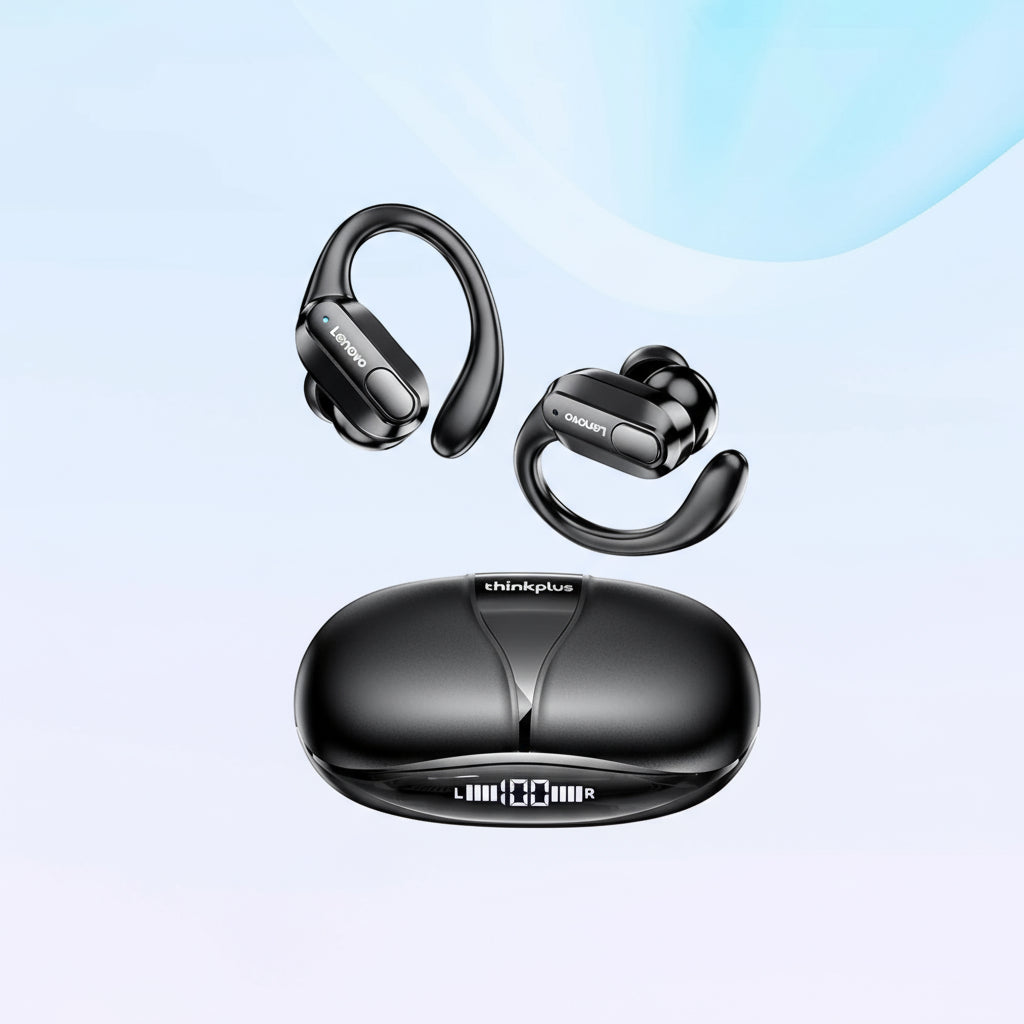Whether you’re starting a podcast, streaming to your followers, or recording music at home, your microphone is the single most important tool in your setup.
Great audio can instantly make your content sound professional, while poor sound can drive listeners away, even if your message is brilliant. The good news is that you don’t need a full recording studio to get high-quality sound. You just need to understand how different microphones work and which one suits your needs best.
1. Understanding Microphone Types
There are two main categories of microphones to consider: dynamic and condenser.
Dynamic microphones are durable, affordable, and great for handling loud sounds. They’re ideal for live speaking, streaming, or recording in less controlled environments. Because they capture less background noise, they work beautifully in untreated rooms or busy homes.
Condenser microphones are more sensitive and detailed. They pick up the full richness of your voice or instrument but also capture more of the room. These mics shine in controlled studio environments, where you can take advantage of their clarity and wide frequency range.
2. USB vs XLR Connections
When shopping for microphones, you’ll often see USB or XLR connections.
USB microphones are plug-and-play, perfect for beginners. You simply connect them to your laptop or computer, and you’re ready to record. Many USB models even include headphone outputs for monitoring your voice in real-time.
XLR microphones, on the other hand, are professional-grade and require an audio interface to connect to your computer. The benefit is flexibility — you can upgrade components like preamps, mixers, or recorders over time. If you’re serious about podcasting or music production, XLR is a great long-term investment.
3. Polar Patterns: What They Mean
A microphone’s polar pattern describes the direction it picks up sound from.
Cardioid: Focuses on sound from the front, making it perfect for voice work and solo recording.
Omnidirectional: Captures sound equally from all sides — great for interviews or roundtable podcasts.
Bidirectional (Figure-8): Picks up sound from the front and back, ideal for two-person conversations.
Supercardioid and Hypercardioid: More directional and suited for isolating sound in noisy environments.
Understanding polar patterns helps you choose the right mic for your setup. A simple cardioid pattern works best for most home users since it reduces background noise and focuses on your voice.
4. Matching the Microphone to Your Setup
Podcasters and Voice-Over Artists: A condenser USB mic with a cardioid pattern provides clarity and warmth. Add a pop filter to soften plosive sounds (like “p” and “b”).
Streamers and Gamers: A dynamic USB microphone keeps your voice crisp while rejecting keyboard and room noise.
Musicians and Singers: A condenser XLR mic captures depth, tone, and texture beautifully, especially for vocals and acoustic instruments.
Field Recordists or Interviewers: Consider a portable dynamic microphone that can handle unpredictable environments and still deliver clear results.
5. Essential Accessories
Your microphone’s performance is only as good as its setup. A few simple accessories can make a big difference:
Pop Filter: Prevents harsh pops from fast-moving air when speaking close to the mic.
Shock Mount: Reduces vibrations from your desk or stand.
Boom Arm or Stand: Keeps the mic stable and at the correct height.
Foam Windscreen: Useful for outdoor recordings or reducing breath sounds.
These tools not only improve sound quality but also help extend the life of your microphone.
6. Setting Up for Best Results
Placement matters. For most voice recording, position the mic about 15 to 20 centimetres from your mouth and slightly off-centre to avoid harsh breath sounds. Adjust your input gain so your voice peaks between -6 dB and -3 dB, this gives headroom for editing later. Record in a quiet space and reduce echo with soft furnishings or curtains if possible.
7. Bringing It All Together
The best microphone isn’t always the most expensive one, it’s the one that fits your workflow and environment. Beginners will love the simplicity of a USB mic, while experienced creators might prefer the flexibility of XLR setups. What matters most is learning how to use it effectively.
At DECIBEL.CO.NZ, you’ll find a curated range of microphones, accessories, and interfaces chosen for both affordability and performance, helping Kiwis build professional sound setups without the retail markup.
Investing in the right microphone is investing in how your audience hears you. Clear sound builds trust, authority, and connection, and that’s where your message truly begins to resonate.

